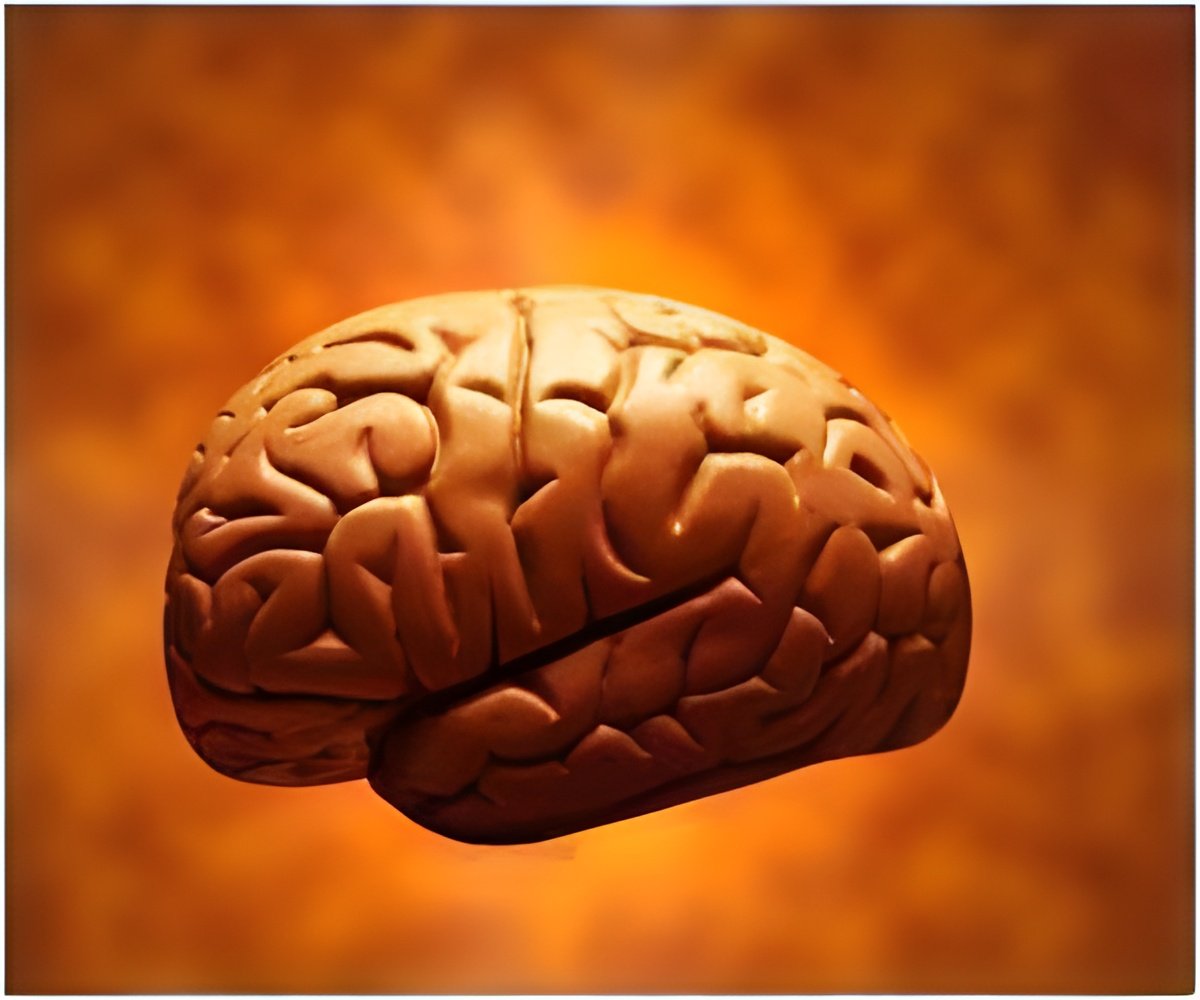A new method that can measure the response of an individual neuron to transcranial magnetic stimulation (TMS) of the brain has been developed by researchers.

While studies have demonstrated the efficacy of TMS, the technique's physiological mechanisms have long been lost in a "black box." Researchers know what goes into the treatment and the results that come out, but do not understand what's happening in between.
Part of the reason for this mystery lies in the difficulty of measuring neural responses during the procedure; the comparatively tiny activity of a single neuron is lost in the tidal wave of current being generated by TMS. But the new study demonstrates a way to remove the proverbial haystack.
The results were published online June 29 in Nature Neuroscience.
"Nobody really knows what TMS is doing inside the brain, and given that lack of information, it has been very hard to interpret the outcomes of studies or to make therapies more effective," said Warren Grill, professor of biomedical engineering, electrical and computer engineering, and neurobiology at Duke. "We set out to try to understand what's happening inside that black box by recording activity from single neurons during the delivery of TMS in a non-human primate. Conceptually, it was a very simple goal. But technically, it turned out to be very challenging."
First, Grill and his colleagues in the Duke Institute for Brain Sciences (DIBS) engineered new hardware that could separate the TMS current from the neural response, which is thousands of times smaller. Once that was achieved, however, they discovered that their recording instrument was doing more than simply recording.
Finally, the researchers had to account for vibrations caused by the large current passing through the TMS device's small coil of wire -- a design problem in and of itself, because the typical TMS coil is too large for a non-human primate's head. Because the coil is physically connected to the skull, the vibration was jostling the measurement electrode.
Source-Eurekalert
 MEDINDIA
MEDINDIA



 Email
Email





